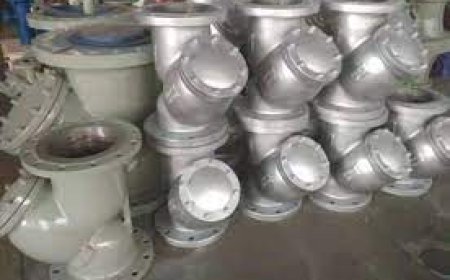Home Elevators vs Stair Lifts: Which Is Right for You?
As mobility becomes a growing concern in modern households, especially for aging residents or people with physical limitations, homeowners are increasingly turning to technology to make life easier.

As mobility becomes a growing concern in modern households, especially for aging residents or people with physical limitations, homeowners are increasingly turning to technology to make life easier. Two of the most popular solutions are home elevators and stair lifts. While both serve the same core purposehelping you move safely between floorsthey do so in very different ways.
So, which one is right for you? Lets break it down.
Understanding the Basics
A stair lift is a motorized chair that moves along a track mounted to your staircase. Its designed for individuals who can sit and stand with minimal assistance but may have trouble climbing stairs. A domestic elevator, on the other hand, is a small residential elevator installed inside your home, often with a cab and vertical travel shaft. Some models are compact and shaftless, while others resemble commercial elevators in design and function.
Space and Structural Requirements
If your home has limited space, a stair lift may seem like the simpler solutionit attaches directly to your staircase and doesnt require major renovations. However, it can be visually intrusive and take up stair space.
In contrast, home elevatorsespecially modern, compact modelscan be surprisingly space-efficient. Shaftless designs or vacuum elevators dont require a machine room or pit and can fit into corners, closets, or even through open floor plans.
User Experience and Accessibility
Stair lifts are functional, but they have limitations. Users must transfer themselves onto the seat and buckle in, which may not be feasible for those with more serious mobility issues or who use wheelchairs. Its also worth noting that carrying groceries, laundry, or pets on a stair lift isnt practical.
A domestic elevator offers more convenience. Most models can transport wheelchairs, walkers, and even two or more passengers at once. Elevators also offer a smoother, more dignified ridesomething many users appreciate.
Aesthetics and Home Value
Stair lifts are practical but are rarely described as attractive. They can affect the look of your staircase and potentially decrease your homes aesthetic appeal.
Meanwhile, home elevators can be designed to blend with your dcor or even stand out as a luxury feature. Glass-panel elevators, wood-finish cabins, and modern control panels can elevate your homes interior style. More importantly, domestic elevators can add value to your property, especially in the eyes of future buyers interested in aging in place.
Cost Considerations
Stair lifts are typically cheaper upfront, with costs ranging from $3,000 to $8,000 depending on the staircase configuration. Home elevators are a bigger investment, starting around $30,000 and going up depending on the model and installation requirements.
However, many homeowners find the long-term benefits of elevatorsincluding increased mobility, better resale value, and future-proofingjustify the cost.
So, Which Should You Choose?
Choose a stair lift if:
-
You need a quick, low-cost solution.
-
Your mobility needs are temporary or mild.
-
You have narrow stairs and minimal space.
Opt for a home elevator if:
-
You use a wheelchair or walker.
-
You want a long-term mobility solution.
-
You care about aesthetics, comfort, and home value.
Final Thoughts
Both stair lifts and home elevators can greatly improve mobility and independence. But if youre looking for a future-ready, stylish, and accessible solution, a domestic elevator may be the smarter investment.
Need help finding the right elevator for your home? Contact local providers for a consultation and quote today!


































